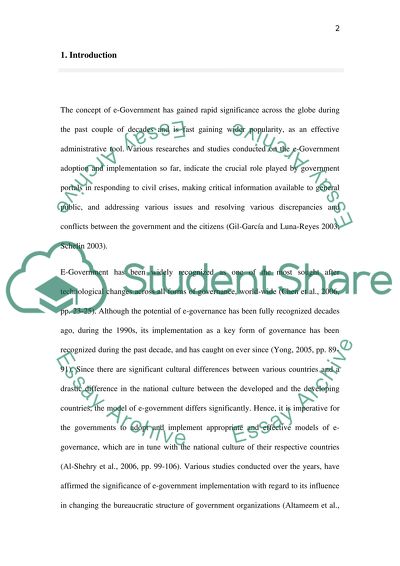Cite this document
(“Literature review: E-Government Significance Dissertation”, n.d.)
Retrieved de https://studentshare.org/information-technology/1391464-literature-review
Retrieved de https://studentshare.org/information-technology/1391464-literature-review
(Literature Review: E-Government Significance Dissertation)
https://studentshare.org/information-technology/1391464-literature-review.
https://studentshare.org/information-technology/1391464-literature-review.
“Literature Review: E-Government Significance Dissertation”, n.d. https://studentshare.org/information-technology/1391464-literature-review.


